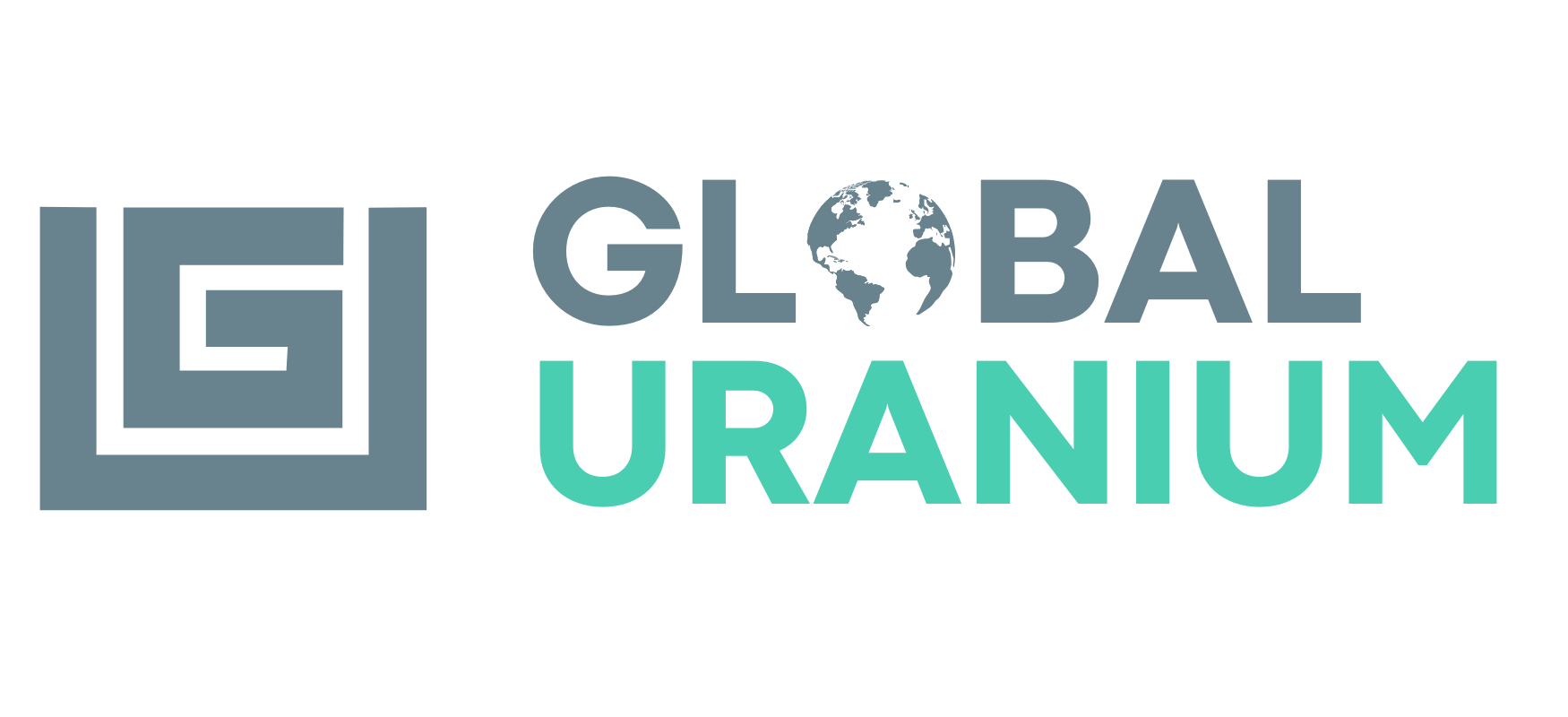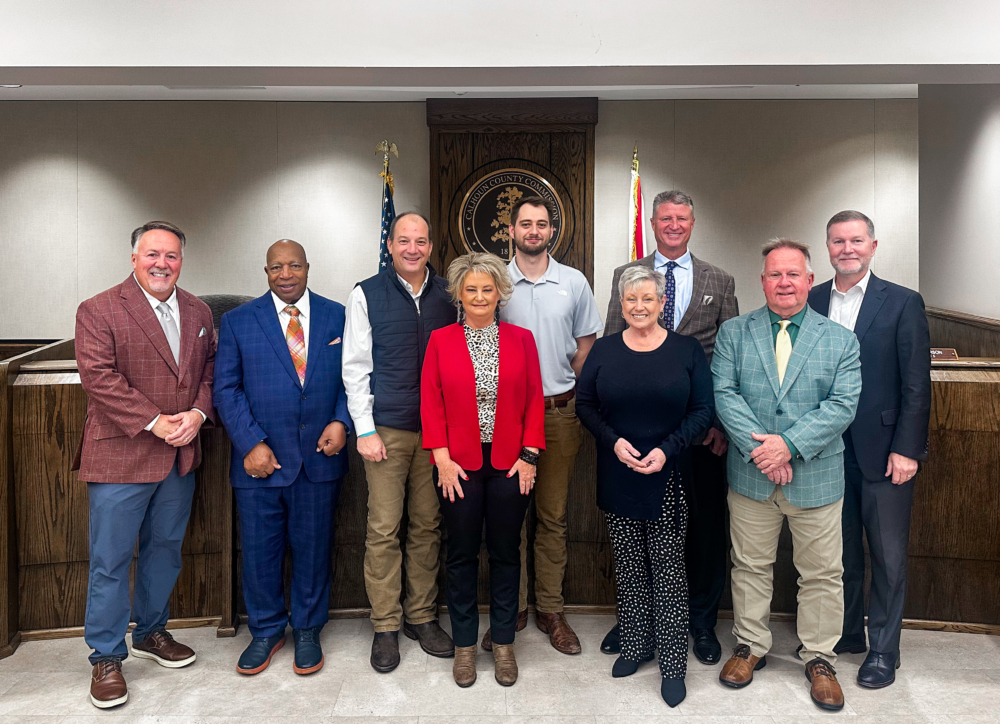When brands care about how people feel, small moments grow into lasting loyalty.
getty
A few days ago, I watched a man at a retail counter lean forward, straining to hear the person helping him. The store was loud, the layout was confusing, and the conversation became harder than it needed to be. The employee did their best, but the moment still faltered, not because of the people, but because the brand had not anticipated the emotional weight of the situation. It reminded me of customer service calls where scripts replace empathy, or of checkout lines where the design works against the customer rather than with them. These are the small moments where a brand shows whether it understands people or not. Most do not, and the emotional cost is real.
Recently, I had a conversation with Dan Formosa and Fiona Maciver, the creators of a new partnership called StayHuman, which stayed with me. Their work focuses on what many companies overlook. They study the emotional weight people carry into everyday experiences and how design influences that weight. StayHuman is not about usability. It is about how frustration, reassurance, and ease shape how people feel. They help organizations understand that emotion is not an accessory to design. It is part of the human experience that leaders are supposed to honor.
Their perspective connected to something I revisited in a Deloitte study on emotion-driven engagement. Deloitte analyzed surveys, social conversations, and customer service data across industries. The findings were clear. Rational factors bring someone to a brand, and rational failures often push them away. But everything in the middle is emotional. Sixty percent of long-term customers describe their preferred brands in emotional language. Nearly half recommend a brand because of how it makes them feel. People will forgive mistakes when a brand responds with honesty and empathy. Deloitte’s conclusion is simple. Emotional ease, trust, and clarity are not soft ideas. They are the fundamental drivers of loyalty and value.
That research reinforced what I have seen throughout my life in accessibility and auditory work. My world has taught me that emotion lives in every moment when someone tries to participate, particularly when people, places, and things determine whether a person feels left out. Clarity builds confidence. Noise creates tension. A slight improvement in sound can change how a person feels in the room. I have watched someone lean forward, trying to follow each word in a crowded space, only to relax the moment clarity returned. Their shoulders softened. Their expression opened. Their entire emotional state shifted. Emotional connection is not abstract. It is visible.
The opposite is also true. When brands miss these emotional moments, the experience tilts in the other direction. A simple task becomes a reminder of vulnerability. Changing a hearing aid battery. Straining to hear across a table and trying to stay present in a loud workplace. These are not technical issues. These are emotional signals. They shape how someone feels about themselves and the brands around them. When brands fail to recognize these moments, life becomes heavier. When they understand them, life becomes lighter.
I once worked with a client who hesitated to describe what was wrong because they assumed no one would understand. I caught a small detail in their story, repeated it back to them, and offered a solution that removed the strain they had been carrying for years. They paused and said, “You really heard me.” Moments like that remind me that clarity, ease, and empathy build trust faster than any feature or message.
Empathy makes this possible. It pushes me to be proactive, to anticipate what someone needs before they have to ask, and to remove strain from the experience. Attentive listening is at the center of this. When we listen closely, without rushing the moment or imposing our own assumptions, we recognize what a person is actually trying to express. This is where brands can learn the most. Empathy and attentive listening help companies stay in tune with their stakeholders’ emotional realities. They turn listening into action, and action into trust.
A PwC research, Experience is Everything, underscores this same truth. People want technology that makes life easier, but not at the cost of losing the human connection that anchors trust. PwC describes an experience disconnect. Companies invest in new systems and sleek interfaces, but overlook what customers value most: speed, convenience, friendliness, and the human touch. PwC found that customers want technology to feel more human and for employees to be empowered with tools that help them deliver real help rather than scripted responses. The report states that companies should use technology with purpose to make experiences feel more human, not less. It warns that the majority of consumers believe companies have lost touch with the human element of customer experience.
This balance between human and technology becomes even more critical as AI grows across every part of business. Brands are learning quickly that AI can accelerate answers, streamline service, and personalize experiences, but it cannot replace what people feel in the moment. AI can support attentive listening, but it cannot substitute for it. The emotional clarity of a human response is still what builds trust. As companies adopt more AI, the real opportunity is to use it to enhance human experience rather than as a shield that distances people from one another. When a brand combines AI’s speed with a human sense of awareness, it earns something far more valuable than efficiency. It earns credibility.
Emotional Relevance, The Real Differentiator
This is the heart of emotional relevance. It is tied to ease, clarity, and the ability to join the moment without strain. When a brand creates that kind of experience, trust grows naturally. People remember how they felt, not what they were told. Emotional clarity also improves efficiency because people need fewer explanations, make fewer errors, and require less follow-up when the experience is easy to understand.
This perspective also brought me back to David Aaker, Vice Chairman of Prophet, and his writing on brand relevance. Aaker argued that brands do not grow by fighting for preference inside crowded categories. They grow by becoming more relevant than competitors can match. Relevance comes from solving real human problems, understanding emotion, and delivering meaning. But I find myself asking whether his definition goes far enough today. In a world where emotion shapes the entire customer journey, is relevance still about category positioning, or is it increasingly about emotional clarity? In other words, is relevance now emotional relevance?
A Season That Reminds Us What People Feel
That question becomes more meaningful as we enter Thanksgiving. This season heightens emotion. For some, it is joyful. For others, it is mixed. It is a moment when people are more aware of what has changed, what is missing, or what feels fragile. It is also a moment when small details carry extra weight. The noise at a dinner table. The strain of trying to follow a conversation. The relief when someone makes room for you. These quiet moments define the holiday more than any message or theme.
This is where brands often misstep. They try to speak to the season without understanding what people feel within it. Help people feel present. Remove the points of strain. Create ease. When a brand does that, it becomes part of the moment in a way that feels honest.
For leaders, the question is simple. Where does your product or service add weight to a person’s day? Where does it remove it? Use that answer as the beginning of your redesign. Map the moments of emotional strain across the journey and reduce or eliminate each one. Emotional connection is earned through relief, ease, and understanding.
People remember how they felt. They always will. Brands that understand this earn trust that competitors cannot touch. And in a world where technology accelerates everything, emotional clarity may be the last true competitive advantage that still belongs entirely to the human experience.









